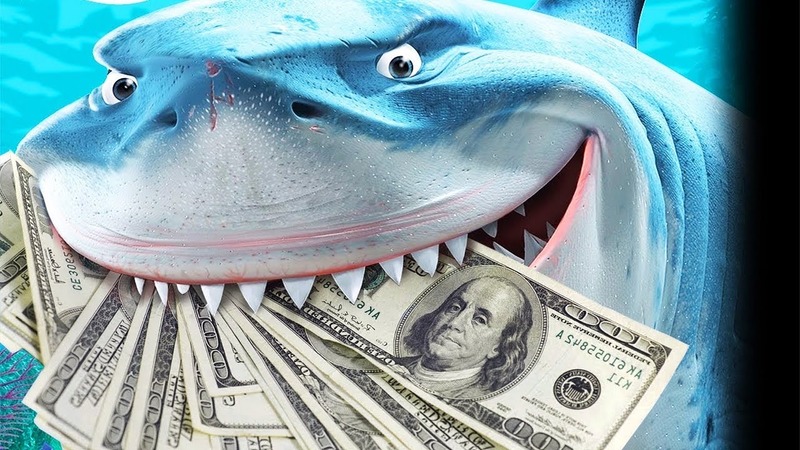
The financial meltdown during 2007-9 is hardly likely to go down in history as one of the finance industry’s finest moments. However, it’s had some surprisingly positive evolutionary effects on the finance market. Borrowers have had to navigate a hostile environment full of loan sharks and let’s politely say “dubious” credit options. Some borrowers effectively opted out of conventional finance, took cash loans to cover short term situations, and went looking for answers.
The rise of a cultural change in finance
Confronted with a desperate need for credit and an economic situation which was as bad as 1929, businesses needed answers. Big Finance had practically destroyed global credit, single-handedly. Worse, it was also pulling the plug on lending. A culture which had been pretty brazen about the “status value” of loans was suddenly bean counting, furiously trying to show positives in an almost entirely negative situation.
More worryingly for businesses, this sudden attack of uncharacteristic conscientiousness was reducing the number of loans while raising the degree of difficulty in getting loans. Perhaps not the ideal business environment.
Alternative sources of loans included some rather iffy possibilities:
- Finding credit providers out of thin air, when most of the big lenders were acting like endangered species.
- Taking out bigger loans, which was all the mainstream lenders seemed to be interested in, in what was definitely a seller’s market. Not good business, and likely to be extremely expensive.
- Borrowing from actual loan sharks, at very high rates of interest, and on unfavorable, often onerous, terms.
In the US, the credit situation was truly critical for many businesses. Some were literally paying salaries with credit cards. Others were watching their capital dissolve before their eyes.
Enter microfinance, exit loan sharks
Businesses didn’t like, or trust, the lending environment. They didn’t want to carry oversized debt on their books. They were also infuriated at the fact that they, as good credit risks, were apparently being penalized for the many failings of the finance sector.
This utterly unacceptable situation had created the perfect market for microfinance. Microfinance in its modern form is actually a sort of “best practice manual” for both borrowers and lenders. This form of lending is all practical, based on realistic parameters.
Microfinance is extremely efficient, and cost-effective. Risks are avoided from the outset. Only foolish people lend in a way that creates problems for borrowers, and microfinance is designed to avoid risk. Micro enterprises didn’t take long to join the dots and start using the microfinance option in preference to the banks and loan sharks.
Ironically, loan sharks, by definition, were utterly uncompetitive against microfinance. Their rates were as bad as the banks or worse, and they were equally clueless on the subject of actual borrowing needs and issues. Poetic justice, in many ways. The other great instance of overdue justice was that Big Finance had effectively shut itself out of a big new booming market, based on its own myopic policies.
Microfinance started as a trickle of liquidity which is rapidly becoming an ocean. The finance markets will never be the same again.
Image Upload
Add image